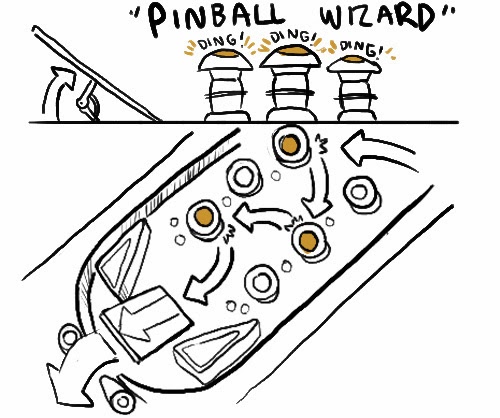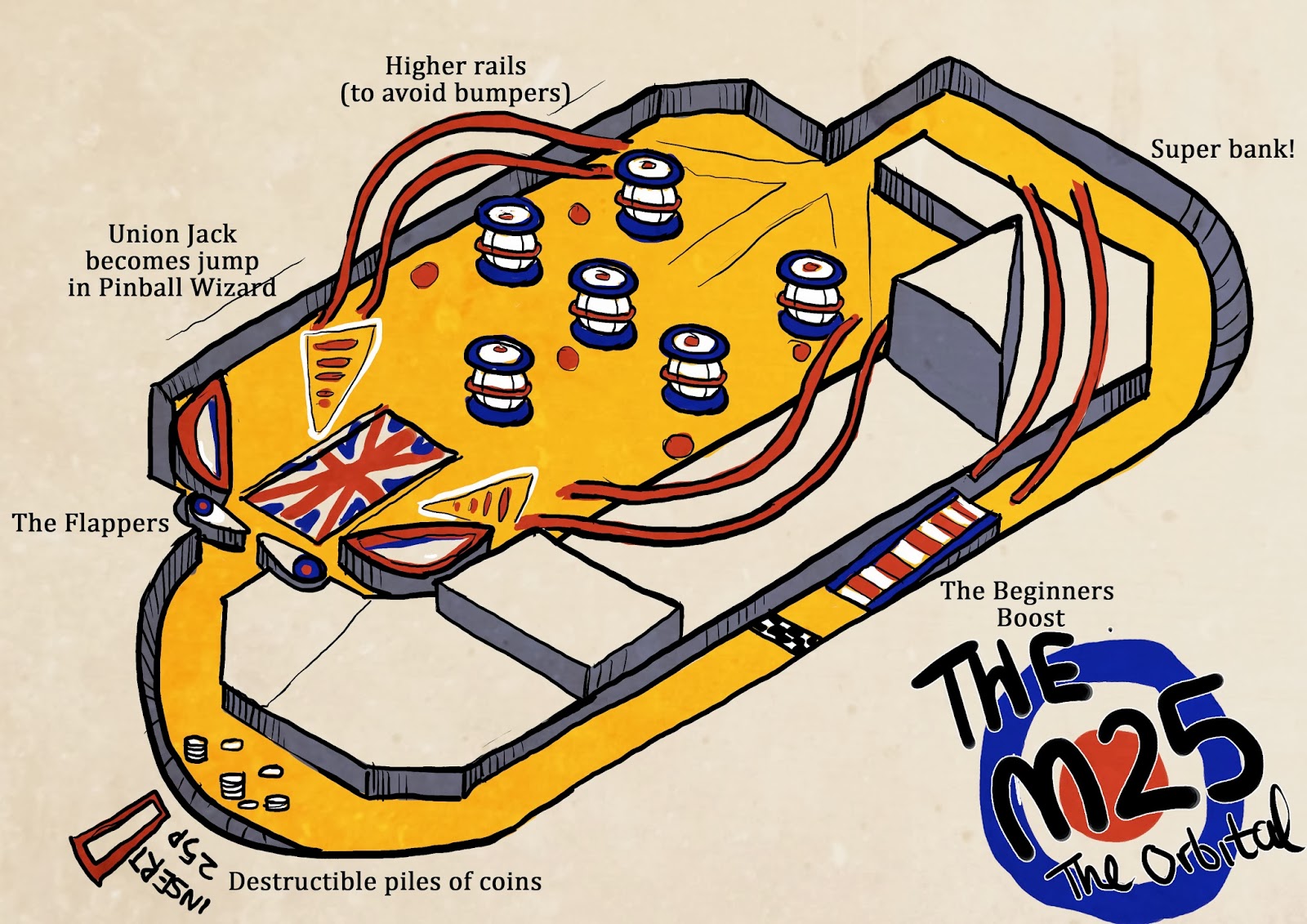The theme this year was "we don't see things as they are, we see them as we are," or some iteration thereof. Of course, I had a bunch of solipsistic inspirations at hand, eventually running with an idea based off Plato's Cave: the objects you moved in the room affected the shadows on the wall, therein building you a penumbric bridge from one side of a room to another. Many people had a vast array of other ideas, running the gamut from a QWOP version of someone's first sexual intercourse to an introspective top-down adventure game about a bunny's identity crisis and everything in between. After a reasonable amount of bumping around, I fell into a group of four to work on what would eventually become our game, Para Eidolon.
The idea process took us all of Friday night and some of Saturday pinning down exactly what it was we wanted to make with our game. Did we want a 2D side-scroller? A 3D adventure game? One thing we all agreed on was the idea that there were to be more than one character affecting the gameplay: there would be two or more, and each would bring their own unique aspect to the game.
Doodling out some colour key concepts, I stumbled on the visual style of my part of the game, the 2D side-scroller.
In the end, our eventual concept was this: you existed in the 3D world as a member of the working class, putting in your hours and wiling away your life behind the desk of some humdrum job. But by interacting with objects in your real, 3D world, you affected objects that existed parallel-wise in your mental 2D palace, where you lived out a joyous and fulfilling life among your dreams.In more technical terms, there is a 2D and 3D aspect in this game. Physical objects you move about in the 3D world affect the tied objects in the 2D world: for instance, if you moved a box along the Y coordinate, so would the matching pillar, but if you moved it along the X axis the pillar would grow or shrink in size as if affected by forced perspective. Using these tricks and traps, you could solve little puzzles in both worlds to reach your mutual goals.
We had more ideas about how to implement this game mechanic, like knocking over an urn of water to move things out of your path, or pushing open doors with remote objects. Unfortunately, we didn't have the time!
Nor was I able to get any good images of the 3D world, though I can assure you they were also very visually impressive.
An extra bonus was the soundtrack, which was recorded entirely a Capella by myself and another member of my team, Thomas.
All in all, I had a really good experience! I learned a lot about the iterations of games and how much they can change in ideas until you reach a final product. We didn't end up uploading the game in its entirety to the Global Game Jam site because we thought we might work on it later on and make it a fully fleshed out game. Until then, watch this space!
go, go, Mr Bananaman!






















